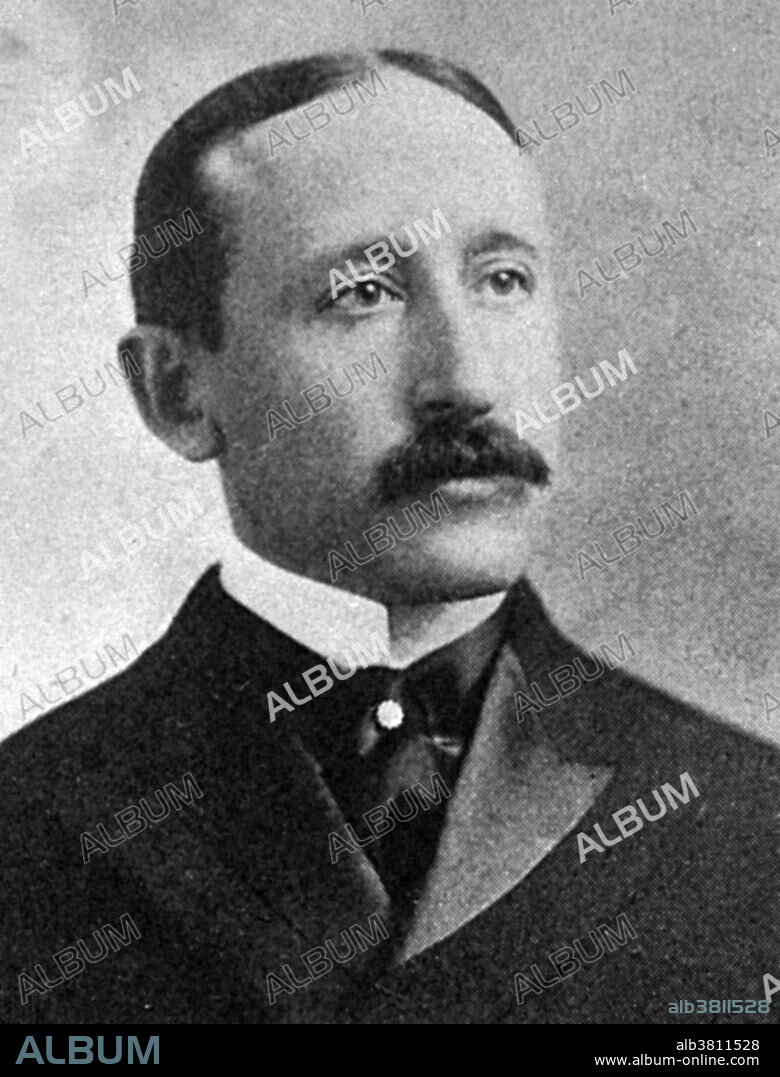alb3811528
James Stephen Ewing, American Pathologist

|
Ajouter à une autre Lightbox |
|
Ajouter à une autre Lightbox |



Avez-vous déjà un compte? S'identifier
Vous n'avez pas de compte ? S'inscrire
Acheter cette image.
Sélectionnez l'usage:

Titre:
James Stephen Ewing, American Pathologist
Légende:
Voir la traduction automatique
James Stephen Ewing (1866-1943) was an American pathologist. He was the first Professor of pathology at Cornell University and became famous with the discovery of a form of malignant bone tumor. Ewing was active in many fronts, including hematology as well as oncology. A scientific breakthrough came in 1906, when Ewing and his collaborators proved for the first time that a cancer (lymphosarcoma in dogs) could be transmitted from one animal to another. In 1920 he published his first work on a new kind of malignant osteoma, which later received his name, Ewing's sarcoma. Ewing became known also as one of the first proponents of radiation therapy for cancer, having founded the National Radium Institute in 1913. He was responsible for the creation of present-day Memorial Sloan-Kettering Cancer Center in New York City, one of the most important multidisciplinary centers devoted to oncology in the world. He worked at the Memorial until his retirement, in 1939. He died from bladder cancer at the age of 76.
Crédit:
Album / NLM/Science Source
Autorisations:
Modèle: Non - Propriété: Non
Questions sur les droits?
Questions sur les droits?
Taille de l'image:
2727 x 3579 px | 27.9 MB
Taille d'impression:
23.1 x 30.3 cm | 9.1 x 11.9 in (300 dpi)
Mots clés:
CÉLÈBRE • CELEBRITE • HOMME • ILLUSTRATION • PATHOLOGIE • PERSONNAGES • PERSONNALITÉS • PERSONNE • PORTAIT • PORTRAIT • POTRAIT • XXE SIECLE
 Pinterest
Pinterest Twitter
Twitter Facebook
Facebook Copier le lien
Copier le lien Email
Email
